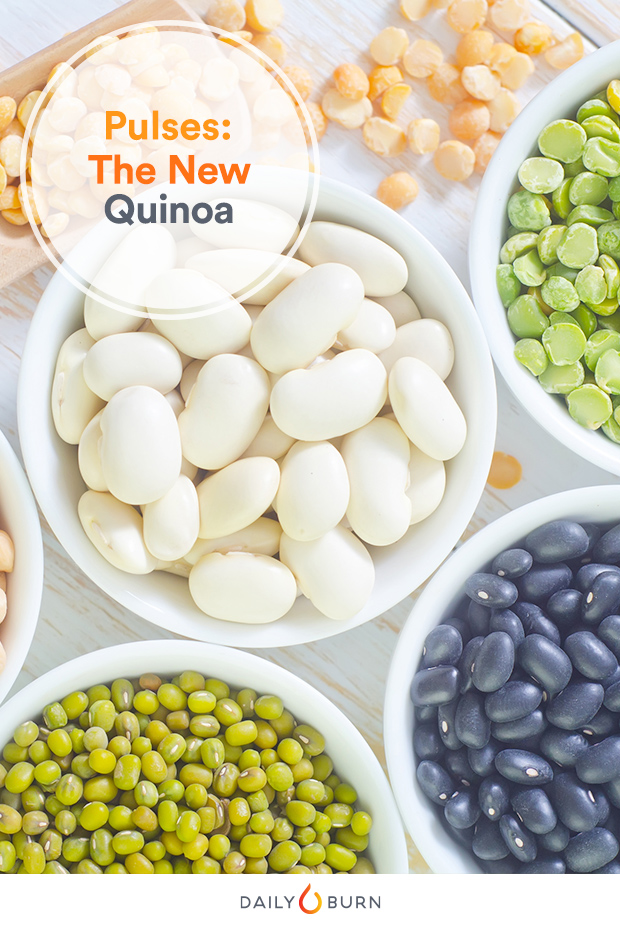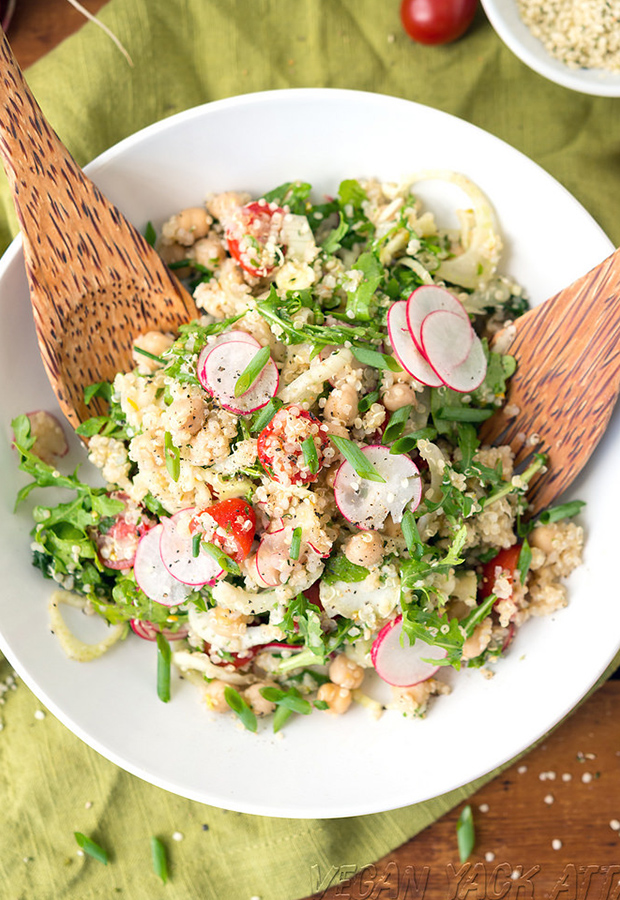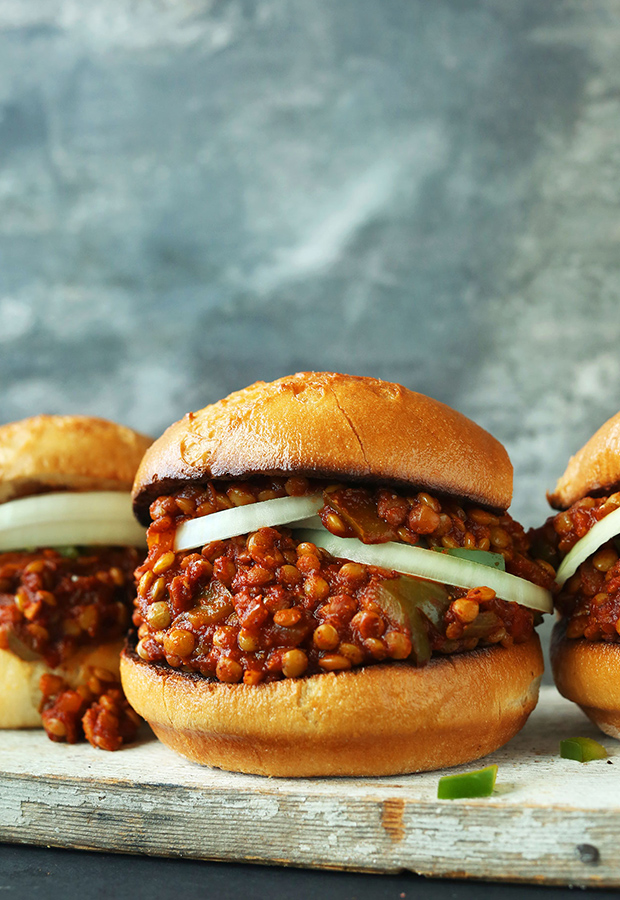
When planning out homemade meals, three words probably come to mind: Tasty, nutritious and inexpensive. And that’s exactly what you’ll get from pulses — or the dried seeds of legumes, including chickpeas, lentils, beans and peas. Of course, these ingredients aren’t new, but they’re definitely having a wellness moment as more people turn to plant-based meal plans and diet experts praise them for their countless health benefits.
Pulses: Your New Go-To Superfood?
Pulses stand out from other plants thanks to their high fiber and protein counts — two essential nutrients that’ll help keep you satisfied until your next meal, says Sara Haas, RDN, a spokesperson for the Academy of Nutrition and Dietetics. They’re also an excellent source of magnesium (important for boosting energy and helping muscles contract), potassium (crucial for maintaining normal blood pressure and mineral balance) and iron (essential for carrying oxygen throughout the body). Plus, pulses pack B vitamins, which help the body fight off infections and support metabolism.
RELATED: The 10 Nutrients Athletes Need Most
The reason these good-for-you, filling foods are so cheap? “They’re sustainable crops and require little, if any, nitrogen fertilizer,” Haas explains. “They also improve the health of soil and have a low carbon footprint, requiring less energy to grow.” Low-cost production means lower prices at the grocery store (a win for the environment and your bank account!). Buy them dried or canned in water. Or, just rinse them off to eliminate some of the sodium if they’re sealed with salt.
The Finer Points of Pulses
These legumes work great as a side dish when mixed with herbs and spices, but they also pump up the protein and fiber in soups, salads, chilis, tacos and even burgers, says Haas. You can also mash them together to create a dip or spread, like this Zesty Black Bean Hummus recipe.
RELATED: 13 Amazingly Easy DIY Condiments Recipes
One thing you do want to keep in mind, though: Women need about 25 grams of fiber per day and men about 38 grams. If you get much less than this, Haas explains, it’s best to slowly add pulses to your diet. That way, you won’t get nauseous, constipated or bloated. (Drinking lots of water will help, too.) Try starting with a ½-cup serving, see how you feel and increase from there, she says.
Want more ways to incorporate pulses into your meals? We rounded up three delicious, easy-to-make dishes.
RELATED: 14 Best Proteins for Meatless Meals
3 Pulses Recipes for Breakfast, Lunch and Dinner

1. Tex Mex Breakfast Bowl
Meals in a bowl are all the rage — and this one is simple yet packed with some serious flavor and nutrition. A combo of pico de gallo, refried beans (the pulse part) and scrambled eggs, the Mexican-inspired dish will leave you satisfied for hours. Photo and recipe: Kate / Cookie + Kate

2. Quinoa, Fennel and Chickpea Salad
Upgrade your typical bowl of greens with this veggie-packed recipe, also featuring arugula and radishes. Chickpeas provide one of the richest sources of protein in the pulse family (there’s more than 10 grams in one cup). The lemon, parsley and mint dressing makes it taste extra fresh, too. Photo and recipe: Jackie / Vegan Yack Attack

3. Vegan Sloppy Joes
A plant-based twist on a classic childhood favorite, these yummy sandwiches trade meat for lentils, without losing their indulgence. The sauce mixes savory, smoky and sweet, a taste you’ll love. And they only take 30 minutes to make. Photo and recipe: Dana / Minimalist Baker
